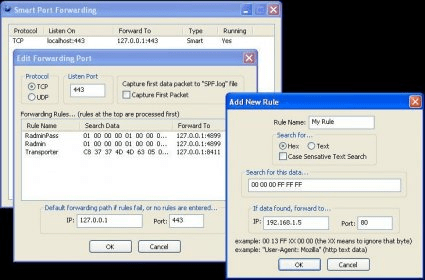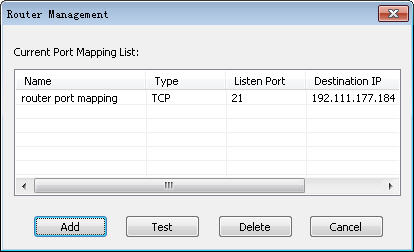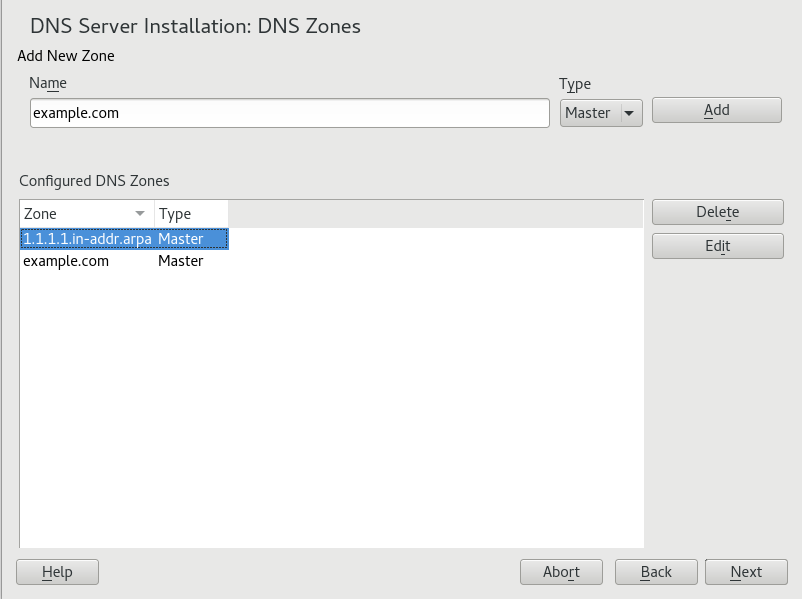

- REVERSE PORT FORWARDING WIZARD HOW TO
- REVERSE PORT FORWARDING WIZARD SOFTWARE
The new SNAT action appears in the SNAT page.
To add another member to this action, click Add and repeat Steps 7–12. The static NAT route appears in the SNAT Members list. If you use an SNAT action in a policy that allows a connection type other than TCP or UDP, the internal port setting is not used for that connection. In the adjacent text box, type or select the port number. To enable port address translation (PAT), select the Set internal port to a different port check box. In the adjacent text box, type the source IP address. To specify the source IP address for this static NAT action, select the Set source IP check box. If you selected FQDN, in the Host text box, type a fully-qualified domain name. If you selected Internal IP Address, in the Host text box, type an IP address. (Fireware v12.2 or higher) From the Choose Type drop-down list, select Internal IP Address or FQDN. You can select the IP address or alias of an external or optional interface, but you cannot select the IP address of a loopback interface. In Fireware v12.2 or lower, this drop-down list is named External/Optional IP Address. To use static NAT for packets addressed to any optional IP interface, select the Any-Optional alias. You can also select an IP address that belongs to a secondary network that is assigned to an external, optional, or loopback interface.įor example, to use static NAT for packets addressed to only one external IP address, select that external IP address or alias. (Fireware v12.2.1 or higher) From the IP Address or Interface drop-down list, select the IP address or alias of an external, optional, or loopback interface to use in this action. (Optional) In the Description text box, type a description for this SNAT action. In the Name text box, type a name for this SNAT action. In Fireware Web UI, you must define the static NAT action before you can use it in one or more policies. REVERSE PORT FORWARDING WIZARD HOW TO
When you enable PAT, you can change the packet destination to specify a different internal host and a different port.įor a demonstration of how to configure static NAT, see the Video Tutorial Getting Started with NAT. You can also enable port address translation (PAT) in a static NAT action. You can specify a different source IP address for each SNAT member. Then, when a connection that matches the parameters in your static NAT action is received by your Firebox, it changes the source IP address to the IP address that you specify. When you add a static NAT action, you can optionally specify a source IP address in the action. You might do this if you have provider-independent public IP addresses, or have internal IP addresses not associated with a specific interface, so that you can still use these IP addresses for NAT.īy default, a static NAT rule does not change the source IP address for inbound traffic.
In Fireware v12.2.1 or higher, you can specify the primary or secondary IP address of the loopback interface in a static NAT action. In Fireware v12.2 or higher, you can specify an FQDN in a SNAT action in addition to an IP address. Your Firebox then receives connections on port 25 and sends any SMTP connections to the real address of the SMTP server behind the Firebox. For example, you can put your SMTP email server behind your Firebox with a private IP address and configure static NAT in your SMTP policy. When you use static NAT, connections to an internal server can be addressed to a Firebox interface IP address instead of to the actual IP address of the server. For more information about how to configure an SNAT action in a Device Configuration Template, see Configure an SNAT Action. 
You cannot configure static NAT for an optional interface in a Device Configuration Template. You cannot configure static NAT for BOVPN or mobile VPN connections. You cannot configure static NAT for connections to a trusted or custom interface. You can configure static NAT for connections to an external or optional Firebox interface. We recommend that you configure Static NAT rather than 1-to-1 NAT, especially if you have a small number of public IP addresses. Static NAT also operates on connections from networks that your Firebox protects.
REVERSE PORT FORWARDING WIZARD SOFTWARE
If a software application uses more than one port and the ports are selected dynamically, you must either use 1-to-1 NAT, or check whether a proxy on your Firebox manages this kind of traffic.


With static NAT, when a host sends a packet from a network to a port on an external or optional interface, static NAT changes the destination IP address to an IP address and port behind the firewall. Static NAT (SNAT), also known as port forwarding, is a port-to-host NAT.








 0 kommentar(er)
0 kommentar(er)
